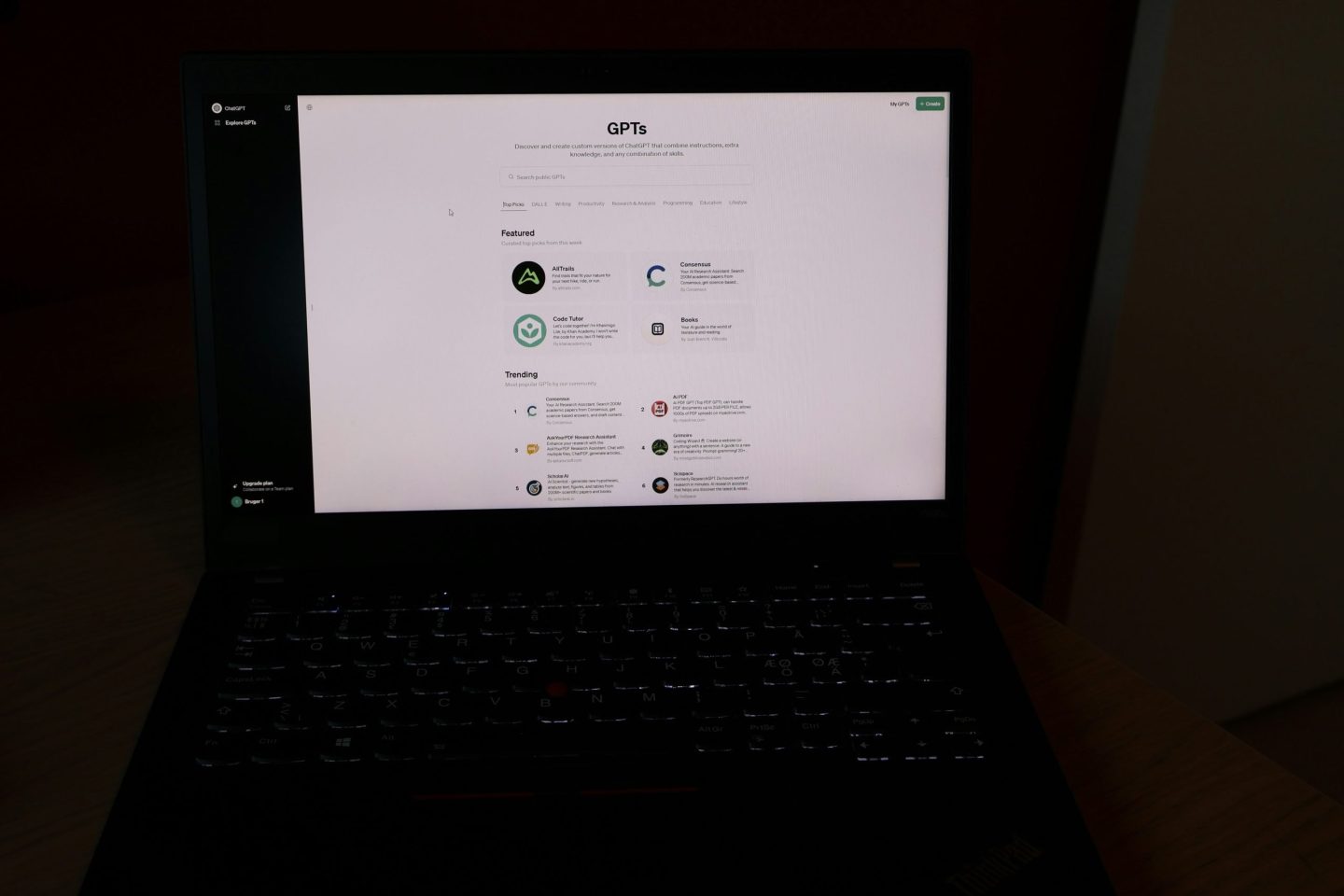- Alibaba’s QwQ-32B-Preview outperforms OpenAI’s o1-preview on certain benchmarks.
- Modol faces limitations like occasional language switching and regulatory constraints.
There’s a buzz in the AI world, and it’s all about QwQ-32B-Preview, a fresh contender in the realm of ‘reasoning’ AI models. Unlike many of its predecessors, this one’s not just impressive—it’s also accessible. QwQ-32B-Preview is among the few reasoning AI models to rival OpenAI’s o1 series and the first you can actually download under a permissive license. That’s a big win for developers and researchers eager to tinker with cutting-edge AI.
Developed by Alibaba’s Qwen team, QwQ-32B-Preview is no ordinary model. Packed with 32.5 billion parameters, it’s designed to handle prompts as long as 32,000 words—essentially an entire novella. If you’re wondering what parameters mean, think of them as the gears in the AI’s brain: the more it has, the better it performs at tackling complex problems. While OpenAI has been tight-lipped about the parameter counts for its o1 models, QwQ-32B-Preview’s stats are out in the open—and they’re impressive.
QwQ-32B-Preview has some serious bragging rights. On benchmarks like AIME and MATH, it beats OpenAI’s o1-preview and o1-mini models. AIME evaluates models by running them through scenarios using other AI systems, while MATH challenges them with tricky word problems. QwQ’s performance on these benchmarks implies that it is a force to be reckoned with in the reasoning model arena.
So, what makes QwQ-32B-Preview stand out? It’s all about reasoning. Unlike traditional AI models, which generate responses without much foresight, QwQ plans its strategy. It “thinks” before it talks, addressing tasks one by one to elicit responses. This process allows it to solve logic puzzles, answer difficult maths questions, and even fact-check itself—a skill that helps avoid the classic pitfalls that sometimes trip up AI.
That said, it’s not perfect. Alibaba acknowledges that the model sometimes gets stuck in loops, switches languages unexpectedly, or struggles with common sense reasoning.
Another big win for QwQ-32B-Preview is its availability. You can run it or download it directly from the AI platform Hugging Face, making it a valuable tool for developers worldwide. QwQ, like many Chinese-developed AI systems, operates within certain constraints. It, DeepSeek and other Chinese AI models, adhere to the country’s regulatory requirements to ensure that its outputs align with “core socialist values.” That means it might clear politically sensitive topicss to steer clear of regulatory wrath.
If you want to see how QwQ stacks up against other open-source AI, Meta’s Llama 3.1 is a good point of comparison. Both are openly-licensed, but they serve different purposes. While Llama emphasises generative capabilities, QwQ zeroes in on reasoning, offering a more human-like approach to problem-solving.
The result? A model that can handle more complex challenges than classic AI systems like ChatGPT-4 or Claude 3.5.
Interestingly, QwQ-32B-Preview isn’t arriving in a vacuum. Chinese tech companies are rushing to deploy reasoning models, and the competition is fierce. DeepSeek’s r1 and Shanghai AI Lab’s InternThinker are just two of the many new releases in recent weeks. Each model brings its own unique spin to reasoning.
InternThinker, for example, takes an organised approach to problem-solving, breaking down tasks into steps such as interpreting queries, recalling relevant knowledge, planning, implementing, and self-reflecting. DeepSeek’s r1, on the other hand, claims to outperform OpenAI’s o1 models on half of the benchmarks it tested, particularly in math, programming, and scientific exploration.
Why the sudden rush? It’s all about catching up to US tech giants. While OpenAI leads the pack, Chinese companies are making rapid strides. According to South China Morning Post, Xu Liang, an AI entrepreneur based in Hangzhou, sees this as a natural progression. “OpenAI gave the direction,” he says. “With research, Chinese tech firms are making progress.” The release of QwQ-32B-Preview and its competitors underscores just how quickly the gap is closing.
But it isn’t simply about rivalling OpenAI. The rise of reasoning models represents a shift in how AI is used. Unlike older models, which depended on brute-force computation, reasoning models seek to replicate human problem-solving processes.
This not only increases their effectiveness for complex tasks but also expands their potential use cases. For example, some models can now evaluate investment scenarios, such as comparing stock and gold prices, and offer financial advice. That is a level of depth that older LLMs simply couldn’t match.
The race is on, and QwQ-32B-Preview is just one of many new contenders. Whether it’s solving puzzles, reasoning through complex problems, or showing how open-source AI can push boundaries, the AI landscape is evolving fast. Buckle up—it’s going to be an exciting ride.
Want to learn more about AI and big data from industry leaders? Check out AI & Big Data Expo taking place in Amsterdam, California, and London. The comprehensive event is co-located with other leading events including Intelligent Automation Conference, BlockX, Digital Transformation Week, and Cyber Security & Cloud Expo.
Explore other upcoming enterprise technology events and webinars powered by TechForge here.








